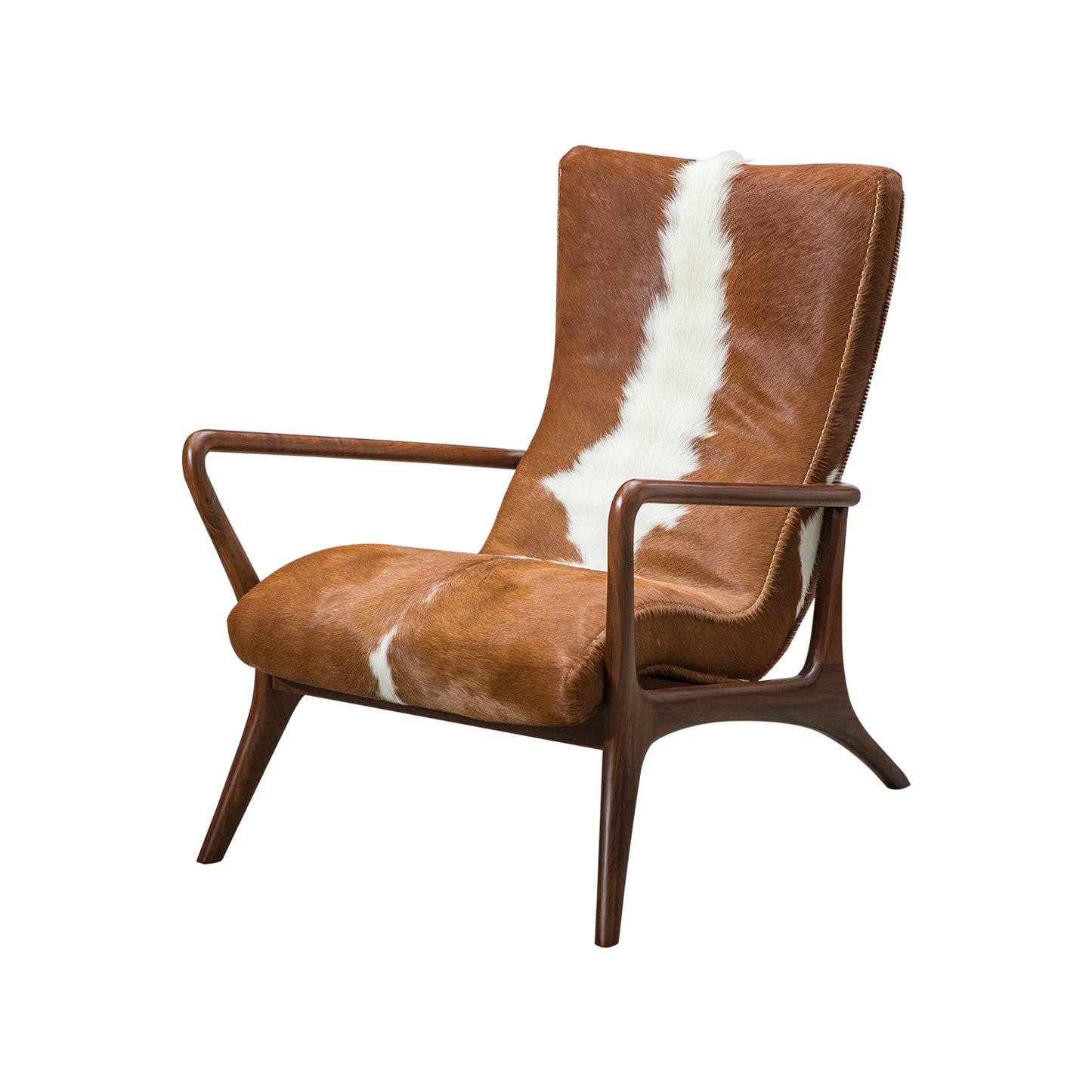The chair is more than just a piece of furniture; it is a reflection of cultural values, technological advancements, and artistic expression throughout history. From the rudimentary stools of ancient civilisations to the sleek, ergonomic designs of today, the evolution of chair design offers a fascinating glimpse into human creativity and functionality.

Ancient Chairs: The Birth of Seating
In ancient times, the concept of a chair was quite different from what we know today. Early chairs were often reserved for the elite, symbolising status and power. For instance, the Egyptians crafted ornate thrones adorned with gold and precious stones, while the Greeks introduced the klismos, a chair known for its elegant curves and simplicity. These early designs laid the groundwork for future innovations in seating.
Medieval and Renaissance Influences
As we moved into the medieval period, the chair began to evolve in both form and function. The heavy, wooden chairs of this era were often elaborately carved and served as a focal point in grand halls. The Renaissance brought about a renewed interest in classical forms, leading to the creation of more refined and comfortable seating options. The introduction of upholstery during this time transformed chairs into luxurious items, enhancing both comfort and aesthetic appeal.
Modern Aesthetics: The 20th Century and Beyond
The 20th century marked a significant turning point in chair design. With the advent of new materials such as plastic and metal, designers began to experiment with form and function. Iconic designs emerged, such as the Eames Lounge Chair and the Barcelona Chair, which combined comfort with artistic flair. Today, the focus on ergonomics and sustainability has led to innovative designs that prioritise user well-being while being environmentally conscious.
Contemporary Trends in Chair Design
In the contemporary landscape, the chair continues to evolve. Designers are increasingly incorporating technology into their creations, resulting in smart chairs that adapt to the user's needs. Furthermore, the rise of minimalism has influenced many modern designs, favouring clean lines and simplicity. As we look to the future, it is clear that the chair will remain a vital aspect of interior design, reflecting our changing lifestyles and values.
Key Takeaways on Chair Design Evolution
- Ancient chairs symbolised status and power.
- The Renaissance introduced upholstery, enhancing comfort.
- The 20th century saw the rise of iconic designs and new materials.
- Contemporary trends focus on ergonomics and sustainability.
For those interested in exploring a wide range of modern chairs, you can visit . This collection showcases the latest in chair design, merging functionality with aesthetic appeal.
In conclusion, the chair has undergone a remarkable transformation throughout history. Its evolution not only highlights advancements in design and technology but also reflects the changing needs and values of society. As we continue to innovate, the chair will undoubtedly remain a central piece of our living spaces, embodying both comfort and style.








